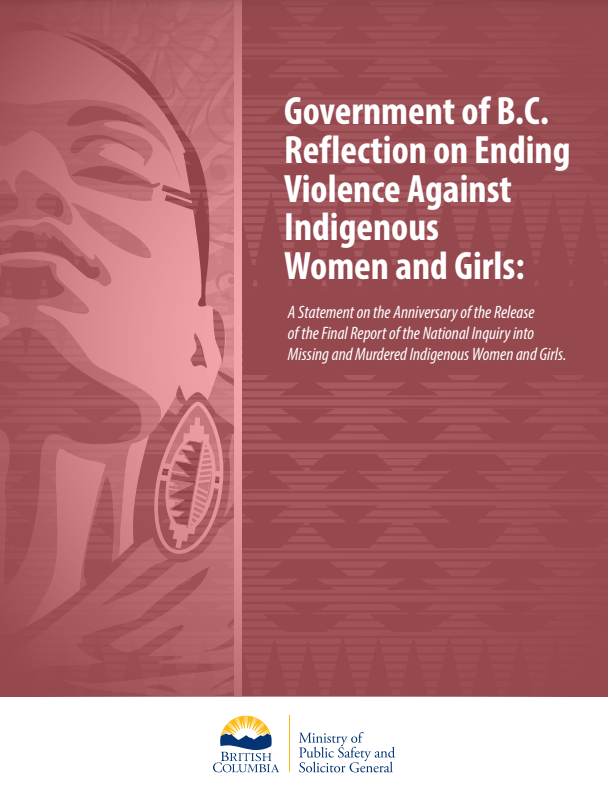5 search results
Recommendation 1:
Improved data collection and evaluative frameworks to better understand the impacts of systemic causes, and identify evidence based and data-informed metrics for success. This includes the development of meaningful reporting.
-
Category and theme:
Recommendation 2:
Increased community capacity to identify safety priorities and develop safety plans is of continued interest. This includes interest in opportunities to establish culturally appropriate protocols and approaches, improve information sharing, and increase access to available resources and community investment.
-
Category and theme:
Audience:
Recommendation 3:
Ceremonies to support healing and wellness, re-establish traditional practices, and improve relationships and community safety.
-
Category and theme:
Audience:
Recommendation 4:
Culturally appropriate tools and resources to increase awareness and understanding of consent, personal safety and available resources.
-
Category and theme:
Audience:
Recommendation 5:
Improved awareness and understanding across the public service as it relates to the experience of Indigenous youth and the 2SLGBTQQIA community is a significant area of opportunity for growth. Increased engagement with the Indigenous 2SLGBTQQIA community and focused resources for public servants to increase their knowledge and capacity are important steps.
-
Category and theme:
Audience:
